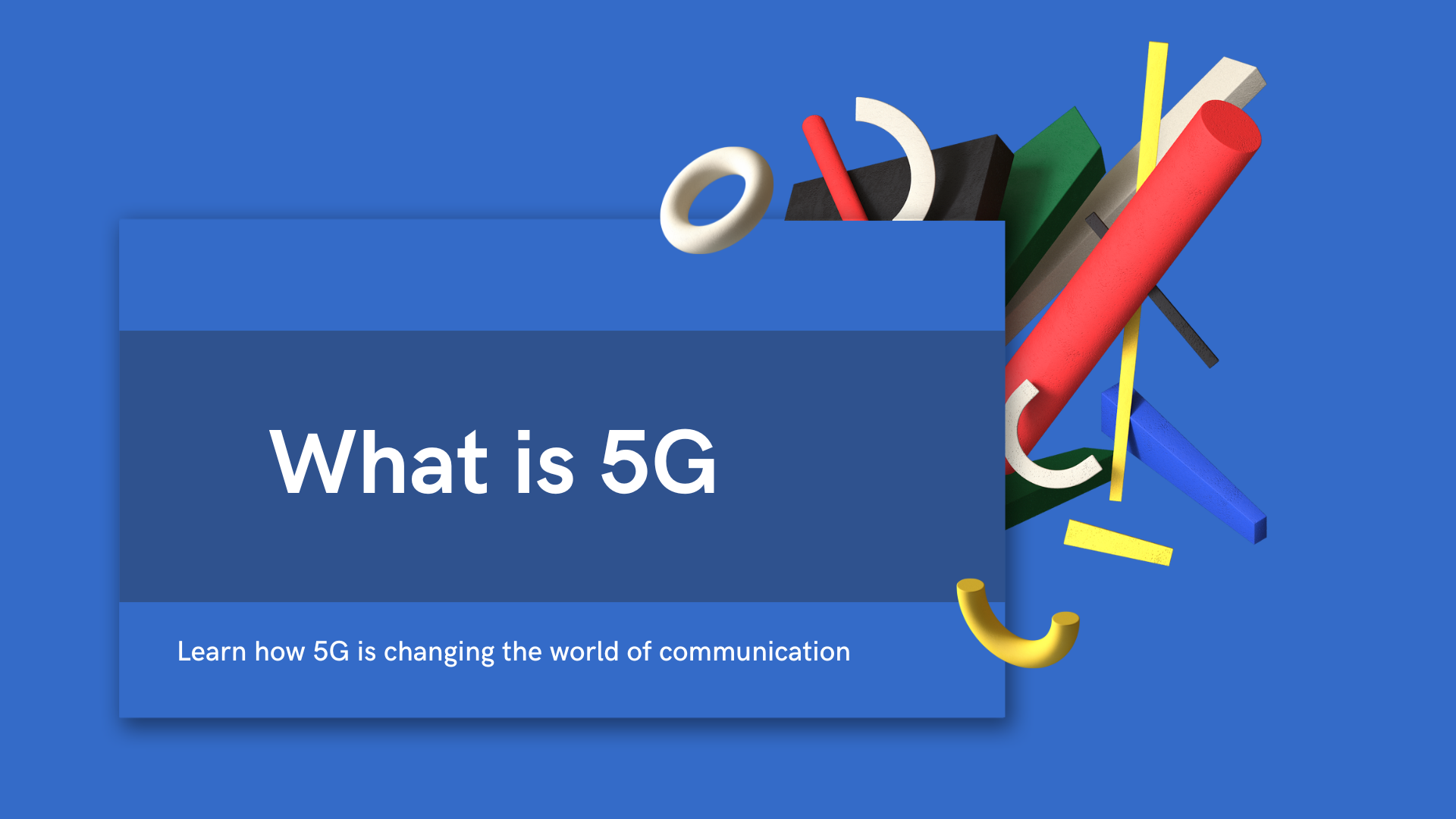There are different types of networks – 3G, 4G, and 5G. The letter “G” stands for “generation”. 5G is a fifth-generation wireless network technology. It uses higher frequencies than those of its predecessors. It has fast data speed, provides less waiting time, and improves reliability.
How the network works:
Networks of this generation use MIMO (multiple-input and multiple-output) technology and an ICT infrastructure using a set of small antennas (similar to Wi-Fi routers) that manage each data stream. Each client is served by a separate antenna, reducing the potential for spectrum congestion.
Network Advantages:
5G technology has various advantages. It has high resolution and bi-directional shaping of broadband traffic. It provides a more efficient network that unifies all networks into one platform. Provides unified and seamless connectivity across the globe.
Advantages for society
The web provides the public with several opportunities, including control of computers via headsets, a greater chance of finding missing people, and rapid detection and reporting of natural disasters. Visualizing the universe, galaxies and planets will be possible. 5G finds applications in both education and medicine.
Disadvantages of the network
5G technology has its drawbacks:
- Security issues
- Lack of technological advancement in most geographical regions.
- Most old devices are not compatible with the 5G network. They need to be replaced with new ones.
- High infrastructure development costs
Main features of the 5G network:
- Speed from 1 to 10 Gbps.
- Global coverage
- Around 90% energy saving for the network
- Long battery life
- Wireless (Wi-Fi) zone.
Conclusion
5th generation technology is designed to deliver remarkable data-sharing capabilities. Provides universal and uninterrupted access to information, communication, and entertainment. It is a smarter technology that connects the entire world without limitations. If you are seeking for help with your business project, don’t hesitate and drop us a line.





